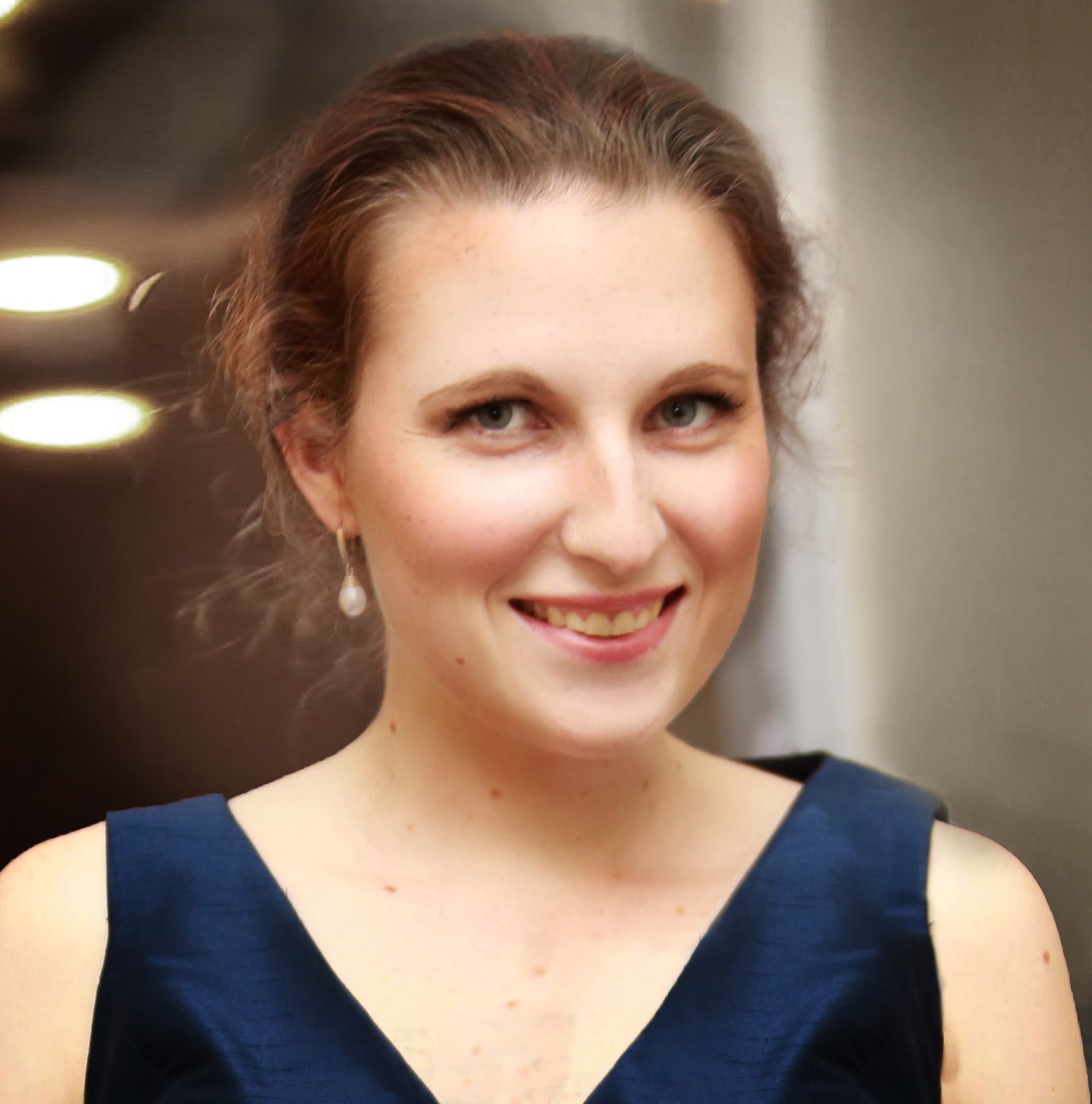CMU Students Light Up The Stage Remotely
Let there be light.
Carnegie Mellon University students now can light on-campus theatrical projects from the comfort of their homes. Implemented in response to the COVID-19 pandemic, the upgrades to the university's Light Lab and John Wells Directing Studio provide students with the tools for a hands-on learning experience no matter where they're based.
Upgrades to CMU's Light Lab and John Wells Directing Studio provide students with the tools for a hands-on learning experience no matter where they’re based during the COVID-19 pandemic.
"The ability of our School of Drama team to implement this advanced technology into the curriculum helps us to stay safely apart and, in doing so, keeps us together," said Dan Martin, dean of Carnegie Mellon's College of Fine Arts (CFA). "This is just one example within CFA that illustrates how we've pivoted to successfully meet the challenges of teaching and learning in a remote, hybrid model."
Mary Ellen Stebbins, visiting professor at CMU's School of Drama, said lighting design students can attend class in person or participate remotely via Zoom. Through a virtual console, they can control the lab and studio's physical consoles remotely, program the lights and see the results in real time.
"You can't really teach lighting design if you're not engaging with the lights themselves," Stebbins said. "Much of class is a hands-on experience. We talk about something and then we show it. We not only ask the students questions, we ask them to show us concepts using the lights. So, it's important for the students to be able to experiment with lighting ideas, and see their colleagues work, whether they're remote or in person."
Over the summer, lighting design professors C. Todd Brown and Rob Thomson reimagined both the Light Lab and John Wells Directing Studio to accommodate a hybrid learning model. Media Supervisor Chris Jovanelli and Network Administrator Louis Stein worked with Brown, Thomson and other faculty members to technologically achieve remote learning using virtual consoles and high-quality video cameras set in fixed positions in the lab. Thompson also added more lights to the room to accommodate multiple angles, which allows students to get the lighting they need without physically moving the lights.
Stebbins has been impressed with the quality of students' remote work. Even when participating remotely, students are learning how to practically operate the light console and mastering lighting concepts, she said.
Truly Cates, a senior in CMU's School of Drama, used the remote technology in the John Wells Directing Studio for her lighting project early in the semester. She said that it was "pretty exciting" to use the remote system from her home. While there were some differences in working remotely in comparison to in person, she was pleased with the final product.
"It was surprisingly smooth to present remotely, as well," Cates said. "My classmates ended up giving me the feedback I was aiming to hear, complimenting my color use and the ambiance created through the lighting design. I felt very satisfied that I was able to achieve the goals I set for myself completely remotely."
